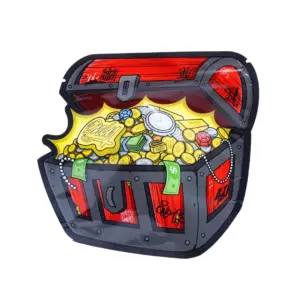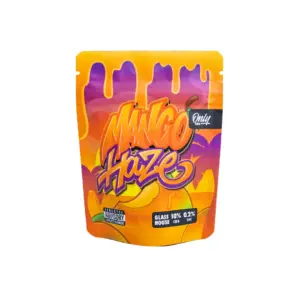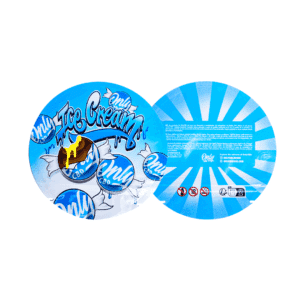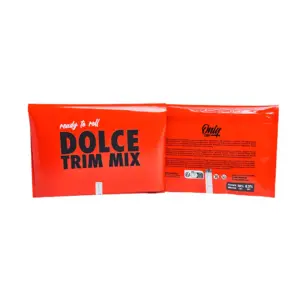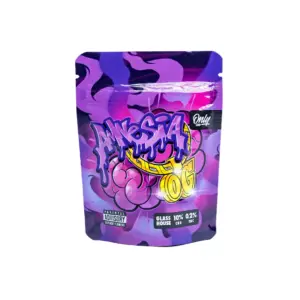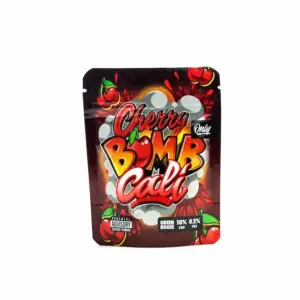AT ONLYCBDFANS WE IMAGINE THAT EVERYONE ALREADY KNOWS WHY WE NEED AN ALTERNATIVE TO PLASTIC, BUT WE ARE GOING TO GIVE IT A LITTLE MORE CLARITY FOR THOSE WHO ARE NOT UP TO DATE.
There is no doubt that we are experiencing an environmental crisis, already described by many as irrecoverable. It is causing the well-known climate change, the massive loss of biodiversity, and the massive pollution of the soil, air, and sea.
To give you an idea of the vast change we're experiencing, let's present some rather peculiar statistics: Each year, more than 1 million seabirds and 100,000 marine mammals die due to environmental degradation caused by plastic, chemical, and oil waste. Although some of this waste, which accounts for 80% of marine pollution, can degrade and disappear in just over six months, many others will take several hundred years to do so. Likewise, as they degrade, they leave a large, harmful and polluting trail on land, sea, and air. Recently, a team of scientists demonstrated that these microplastics disperse through the air and reach remote natural areas, with concentration levels similar to those found in large cities.
Global measures have already begun to be taken by many governments and certain environmental organizations to end, or minimize, this massive ecological damage that threatens us all.

Cannabis, more specifically the hemp plant as a raw material, represents a clean, ecological, and sustainable alternative for producing bioplastics instead of common plastics that harm the environment.
The use of the hemp plant, in addition to implying an ecological commitment, improves the quality of the products produced. “I choose hemp because of the material's excellent compression, tensile, and endurance properties. It's lightweight and very durable, as strong as, or even stronger than, acetate-based plastic. Hemp is efficient in quantity and in mechanical and technical quality,” said Percivale, who has been producing eyewear with sustainable components such as hemp and recycled wood and acrylic since 2013.
Hemp plastic is nothing new in the range of applications for industrial hemp. The first plastics already used hemp as a component due to its high levels of cellulose, the substance that makes up plant cell walls. These types of plastics are now known as "bioplastics" to distinguish them from those derived from petrochemical-based materials.
In recent years, hemp plastic has experienced a recovery that continues to gain momentum. More and more entrepreneurial companies have shown their attention to environmentally friendly practices and products, and have come to the conclusion that long-term damage to the planet does not justify any possible short-term benefits derived from environmentally unsustainable manufacturing practices.
Henry Ford's Hemp Car
One of the most famous uses of hemp plastic is probably Henry Ford's prototype car, which used a formula incorporating 70% cellulose fibers from hemp, thatch, and sisal. The car was created in 1941, during the temporary legalization of hemp, with the intention of supporting American farmers by using their crops to create a car they could afford. A year later, the same farmers were encouraged to grow hemp as part of the country's war efforts in a feature film titled "Hemp for Victory." Sadly, the hemp plastic car never made it into industrial production.
The remaining 30% in Ford's plastic formula was a resin "glue." Binding agents for hemp plastic can be obtained from natural materials, including hemp seed oil. Even modern hemp-based plastics have been produced, using waste paper and sugar as binding agents.








